This is part 2 of our starting with chickens series. In our last installment, I asked the question, “For what do you want chickens, eggs or meat?” The answer to that question is the first fork in the road on choosing your chicken breed. Red Tool House conducted a 10 question chicken survey of homesteaders across the country (see the entire survey results here). One of the questions we asked chicken owners was are they raising chickens for eggs or meat? The results were 50/50. So, based upon that, let’s start with egg layers.
Great Egg Laying Breeds
So, who is the best? Who is the Ali of egg layers? That may be similar to asking which of your kids is your favorite. Sure you have one, but you would never admit it to anyone (oh, is it just me that thinks that?).
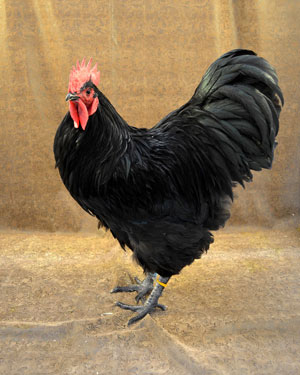 If you want to go by egg production alone, then the Australorp would have to be the winner. According to the Livestock Conservancy, the Australorp holds the world record on egg production over one year (here is the link).
If you want to go by egg production alone, then the Australorp would have to be the winner. According to the Livestock Conservancy, the Australorp holds the world record on egg production over one year (here is the link).
But egg production is not the only thing you should consider. Depending on how you are going to house them, you may want to consider their foraging abilities, cold or heat tolerance, etc.
Instead of dragging out my pick and killing you faithful readers with laborious suspense, I will cut to the chase and announce my choice. Keep in mind, this is just my opinion based off my experiences. Not everyone is going to have the same experience or opinion. There are many pros and cons to my choice…oh, wait, I said I wasn’t going to drag this out…
My pick is the Australorp. In my experience, they are the best egg breed to have. Ok, so now you may be asking yourself, “Is he going to back that statement up or is he going to just move on?” First of all, yes, I will quantify that choice. Secondly, why are you all so hostile? We are just talking about chickens.
Pros of the Australorp:
- Undeniably great egg producers – Tasty, large, brown eggs
- Friendly and docile – We have roosters the boys can handle and have never had a flogging attempt
- Great foragers – They really graze the pastures well
- Aerial predator resistant – I will have to explain this below
- Great dual purpose bird – They are a big bodied chicken so they can produce meat well
Cons of the Australorp:
- Run hot in the summer – high humidity, coupled with high temps and an all-black bird makes for a hot chicken. They need shade to keep from getting too hot
- Egg production peaks sooner than other breeds – in our experience, they back off after a couple years
- Not the prettiest bird – Like trying to keep a black car clean, the chickens can sometimes look a little frazzled. Especially, when you have an sex-starved rooster like ours (Jeeze, can a lady get a break in this coop??)
- Black pin feathers – when plucking the pin feathers can be a turn off as they look like large hairs. Scorching with a torch helps
- Rooster can’t carry a tune in a bucket – We have had 4 Australorp roosters and each crows off key and is missing a syllable (hard to explain)
Now, let me explain the Aerial predator resistance comment. Are they hawk proof? No. Can they defeat a hawk in a battle? No. Do they hide better than other breeds if a hawk is spotted? Not so much. So, what is it? The Australorp is a charlatan – a fraud! The hawks mistake them for their arch-nemesis – the crow. Let me explain with a charming anecdote…
When we first got started with chickens, we ordered Rhode Island Reds. They are the most popular and quite frankly, they were very cute as chicks. As they matured, we decided to let them free range around the house. One by one, they started disappearing. I would only find small piles of feathers on the ground. No blood. No tracks, Poof! Like she exploded right there in thin air.
Then one day, I saw it. Like a World War II fighter plane this hawk descended from the sky. His wings were swept back, the look of determination and focus was etched across his eyes. He was descending so fast I could hear the eerie scream of his dive bombing run. I tried to react. I tried to warn her.
“Run!” I yelled, “Delores, run for your life!”
But it was futile. She barely had a chance to look up as the piercing talons wrapped around her fragile frame. With a muffled squawk, like a little chicken cry for help, she was gone. I got to the spot just as one of her downy-soft feathers floated by gently brushing my cheek…
(We will pause briefly so you can fetch a tissue…)
Since a counter offensive against birds-of-prey is immoral and quite illegal in our state, I had to find another option. Free ranging was out, but there had to be another way.
A local farmer I befriended had 200 Australorp chickens for his egg production operation. One day while visiting he says, “Hawks? Not a problem. They think my Australorps are crows from the air. They won’t have anything to do with them. I have never lost a chicken to a hawk.”
Was this brilliance or madness? I had to find out.
Fast forward to me having 30 plus Australorps mingled with my other feathered ladies and no hawk attacks. I was amazed. I saw hawks regularly fly over, but none stopped to attempt a dive bomb. Were they thinking there was a murder of crows hanging out with my chickens? I can’t read the mind of a hawk, but it has been four years now and I have never lost a chicken to an aerial predator.
That fact is the icing on the cake. That, my chicken friends, is why I love the Australorp. Currently, we have approximately 100 chickens. About 40 of those are Australorps. I also have Barred Rock, Rhode Island Red, Buff Orpington, Ameraucana, and some mutts (remember the sex-starved rooster? He is quite prolific). The fact that the Australorps are mingled in with the flock – even in a minority – has kept the hawks at bay. I may eat these words one day, but so far it has worked.
So you may ask, does any black chicken have the same affect? I assume it would. But since the Australorp has so many other fine qualities, why not try them?
Well, I have pontificated way too much about my black-feathered friends. In the next segment, I will continue discussing egg breeds and ideal meat breeds.

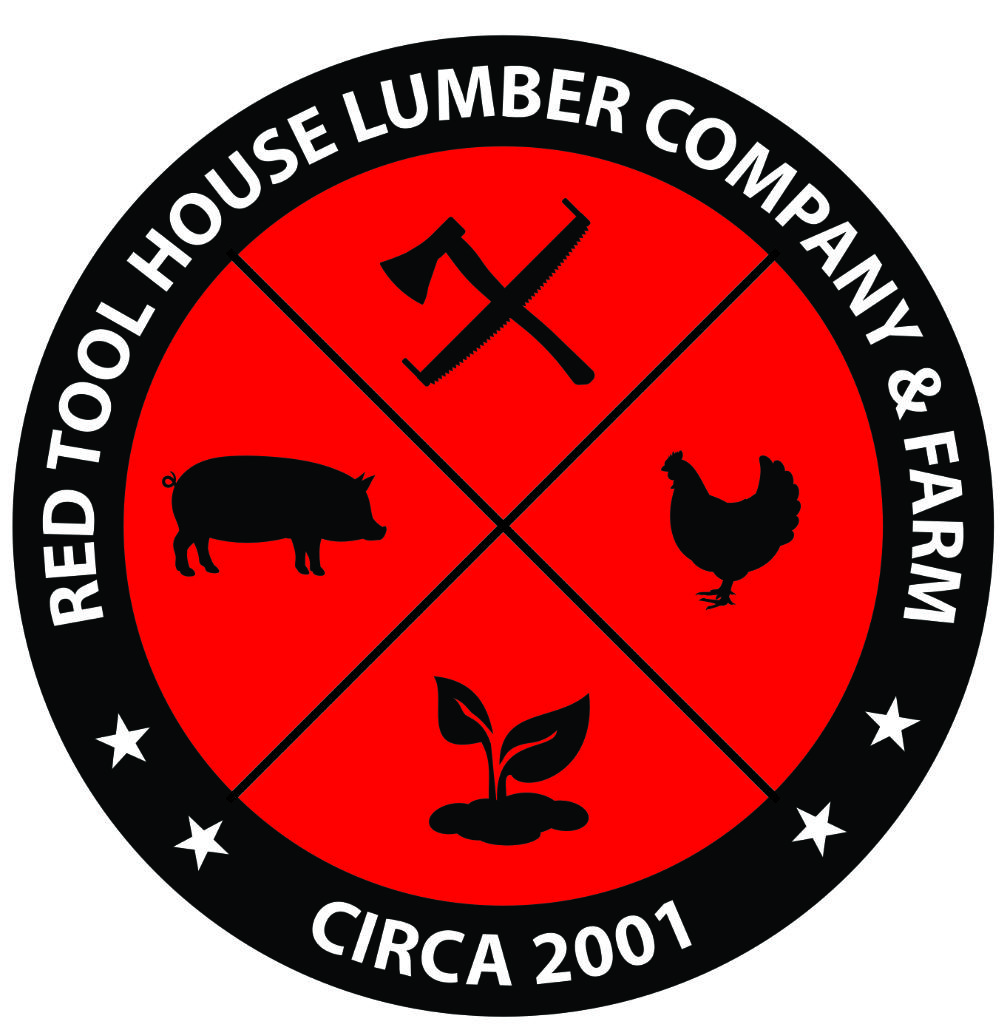

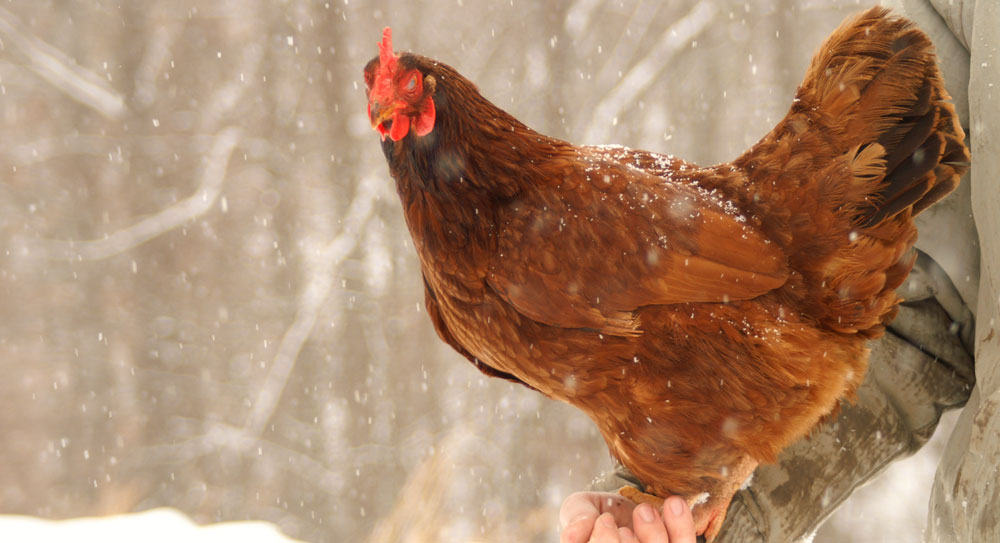
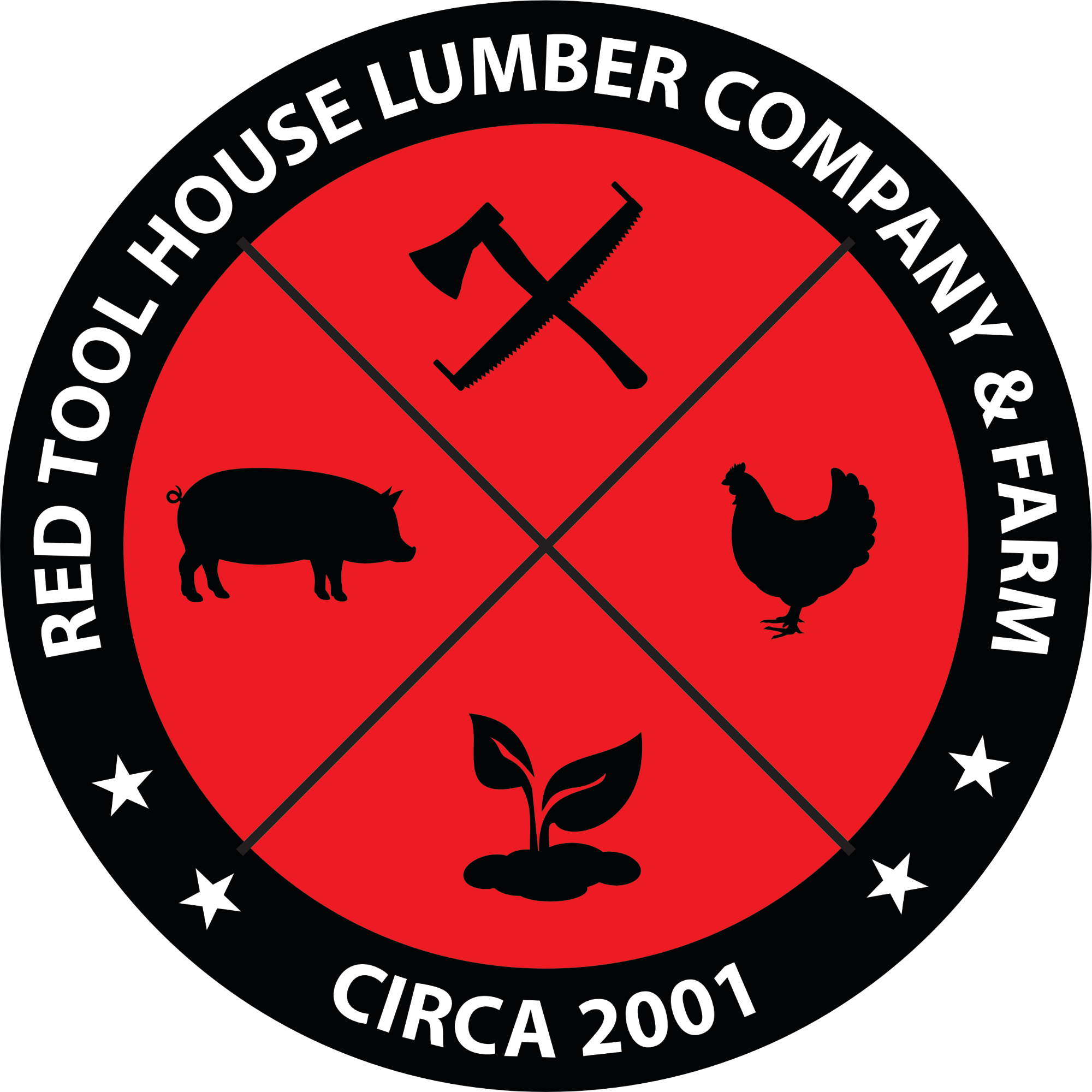
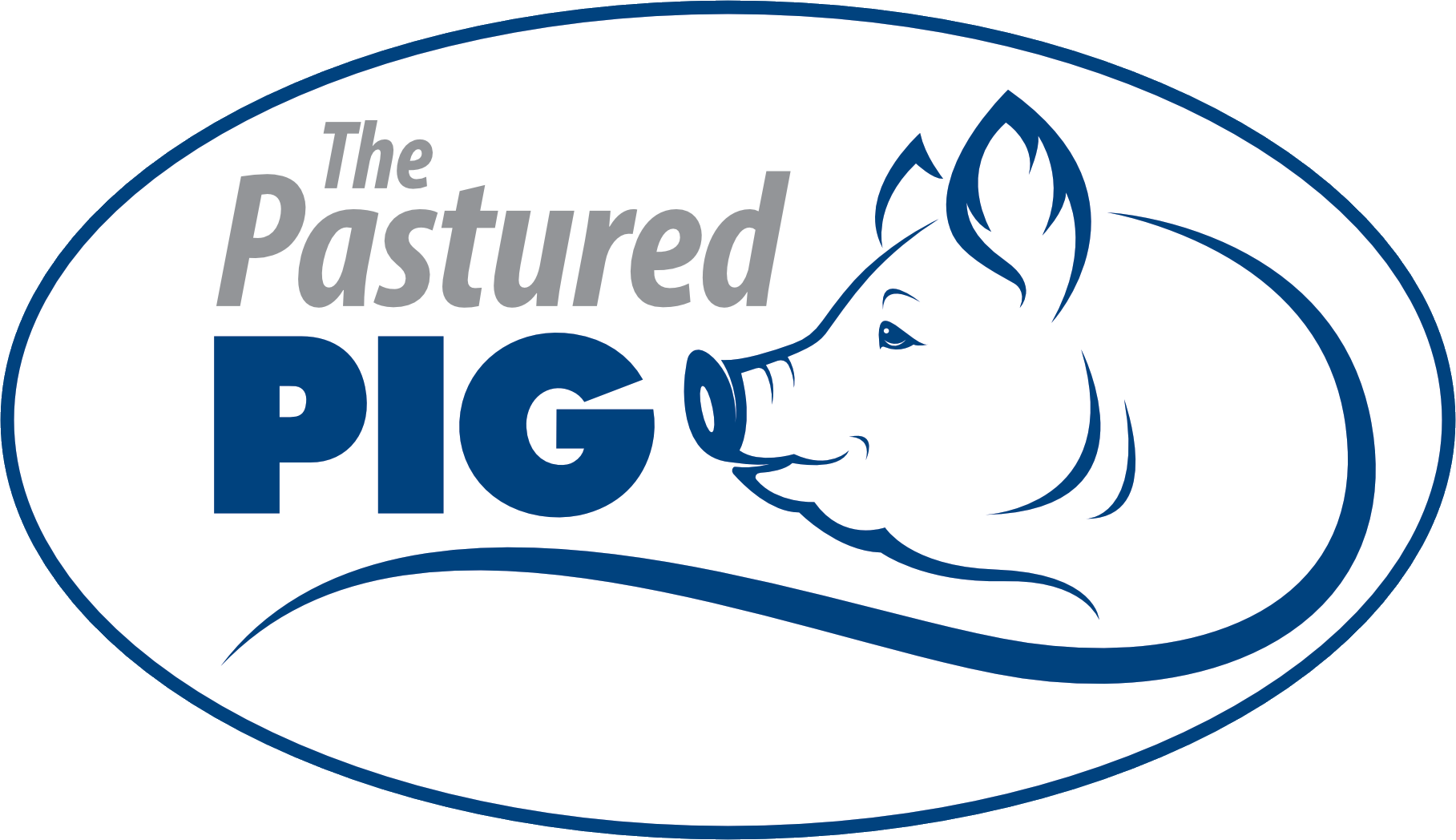
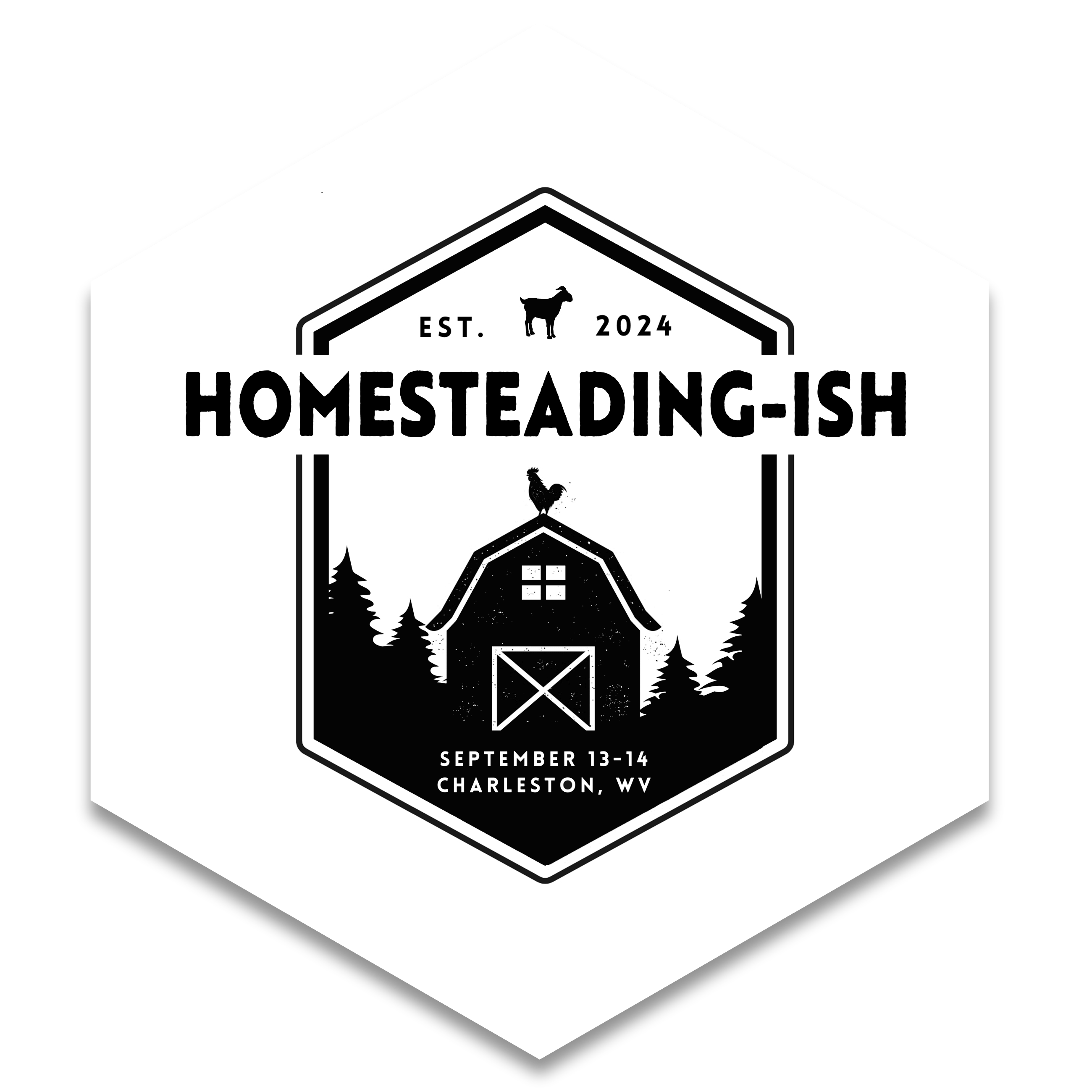
Leave A Comment